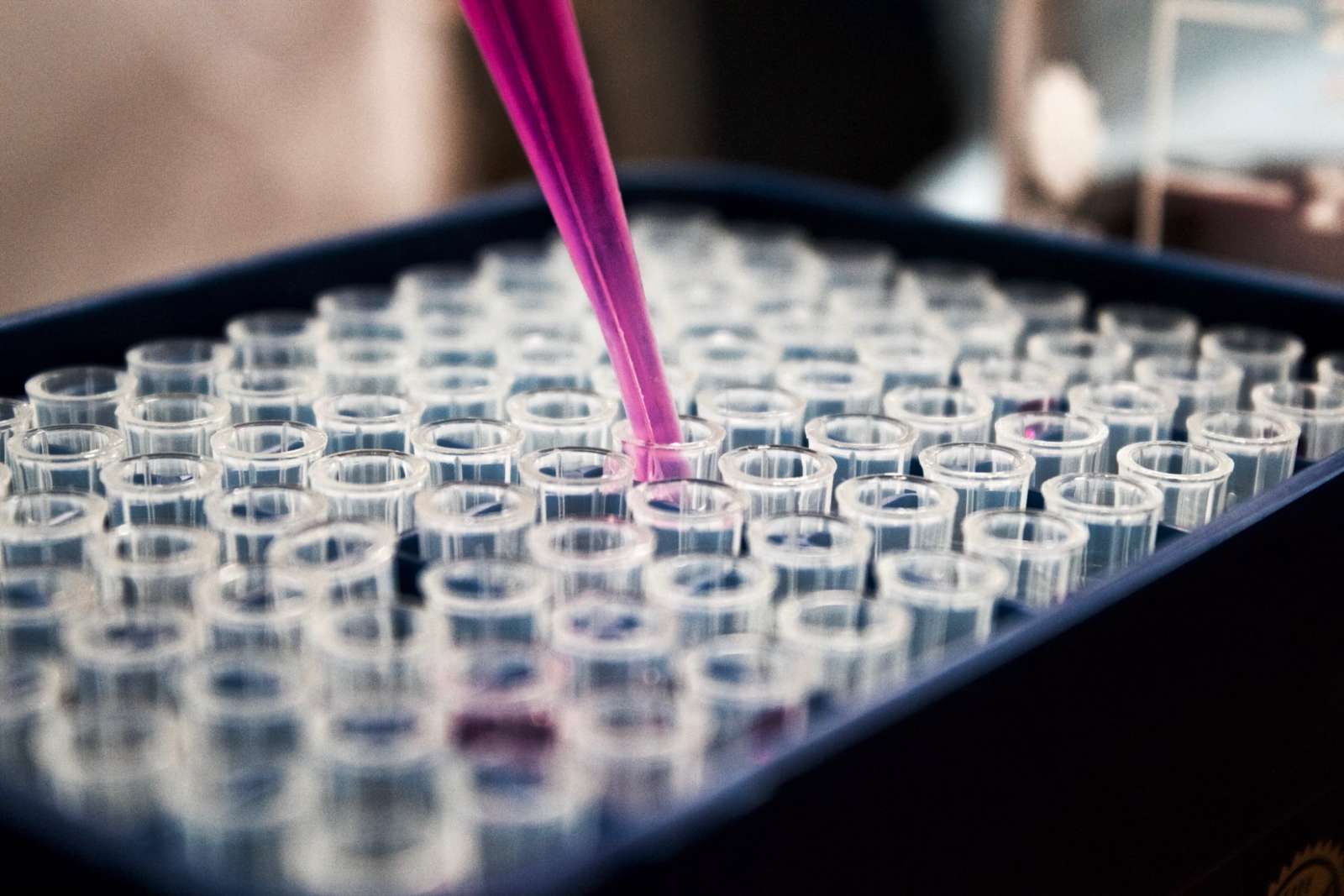Diana Julie Leeming
Meet Diana Julie Leeming, Director of Fibrosis, and daily manager of 15 scientists and technicians developing the next generation of biomarkers at Nordic Bioscience. Diana has been working 14 years with Nordic Bioscience, 7 years with research in osteoporosis, and now in her 8th year in fibrosis.
Introduction
The unknown aspects of the extracellular matrix (ECM) have always fascinated Diana.
Initially, she worked with ECM markers for bone remodeling during her Ph.D. at Nordic Bioscience, and this is where she found the opportunity of bridging that knowledge into fibrosis. Her work and efforts in the ECM were recently acknowledged, as she has been announced the new Director of Fibrosis at Nordic Bioscience.
Diana shares more about her thoughts, and the possibilities of understanding the ECM in the future, below.
What is it about the ECM that has you so fascinated?
It is not so much about why the ECM is interesting for me, as why it is not interesting for all scientists. The ECM provides structure, signaling properties and support to all cells, and at Nordic Bioscience, we work on a deeper understanding of the proteins within, and how they are related to different disease areas. It really motivates me to dig deeper into the ECM biology, and apply the knowledge we gain to understand fibrotic diseases.
What are the advantages of understanding the ECM in a clinical development setting?
It is my goal to develop different models, which will improve the translational science as we know it today. Combining our scientific findings with clinical research will result in models that enables us to use the knowledge we have in the ECM to improve patient health. In this context I believe we can “translate” our discoveries in to medical purposes that can be used in clinical trials.
Do you have an example of how ECM biomarkers have been valuable in clinical development?
In the early days of Nordic Bioscience, about 20 years ago, the focus of our research was on the field of bone diseases. We developed a neoepitope related biomarker for bone resorption, CTX-I, that could predict the change in bone remodelling earlier than the standard endpoint measurement at the time. CTX-I is a degradation released fragment of type I collagen. With the development of this biomarker, it was possible to monitor the efficacy of different dose regiments at an early stage, compared to the standard technique.
We have extended our focus, and our knowledge, through the past years, and our portfolio now includes fields as fibrosis, rheumatology and oncology as well.

